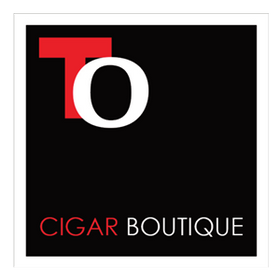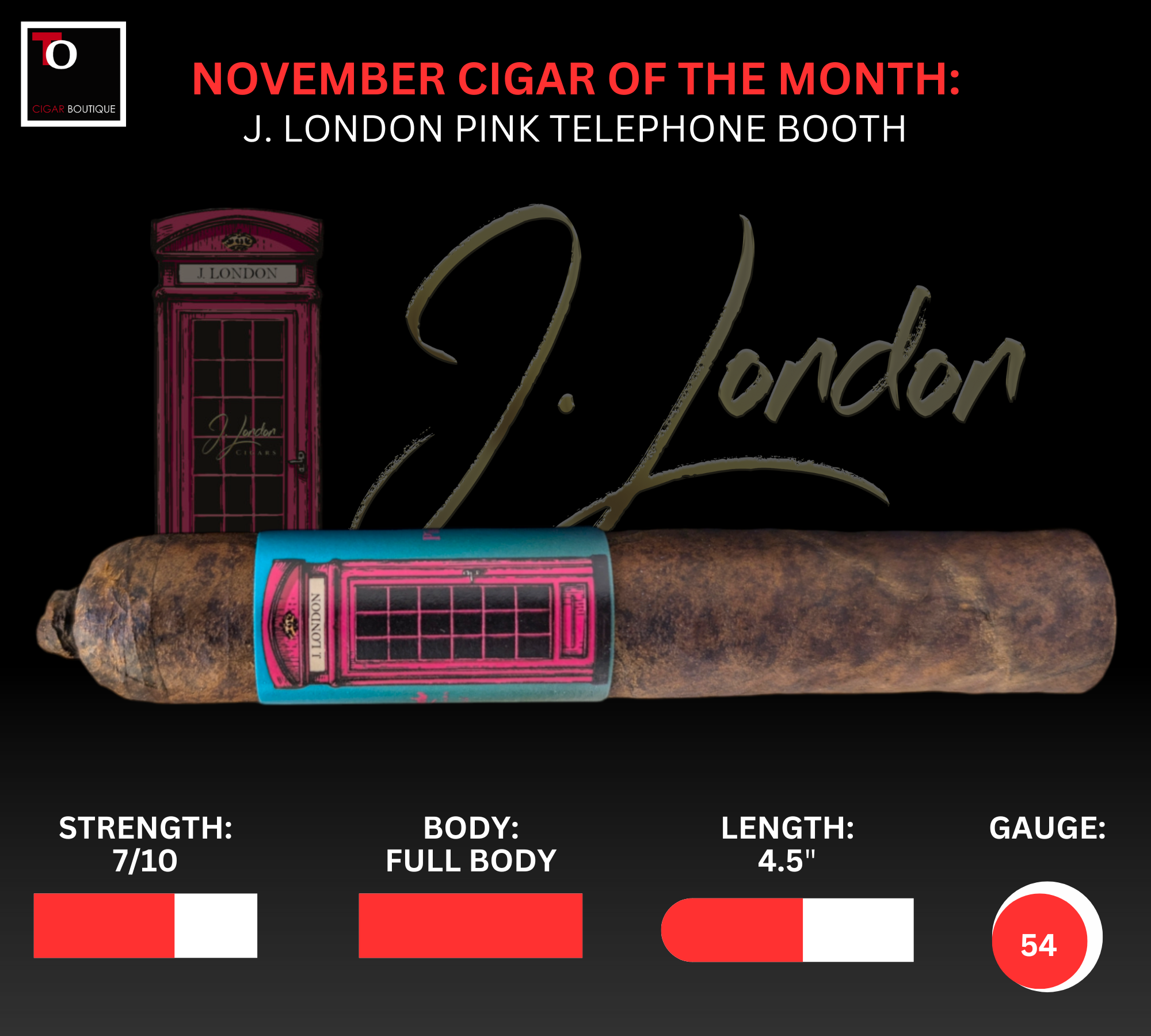Tobacco Outlet embraced Swedish Snus from our beginning. It's introduction to Canadian market in the early 2000's to General Snus' big launch in 2012 to now, we have believed in the product as a great alternative to traditional tobacco in many ways. Our visits to Swedish Match in 2013 and 2014 convinced us that it was far superior of a product and method of nicotine uptake. Below is a quick but thorough read on the history of snus and the more recent popularity of nicotine pouches as compiled by chatGPT (grain of salt, but it reads pretty accurate from our knowledge):




Here is: "A Historical Overview and the Rise of Nicotine Pouch Products"
Snus, a moist form of smokeless tobacco, has a long and culturally rich history, particularly in Sweden and Scandinavia. While its use dates back to the 18th century, it was not until the early 19th century that the product began to gain widespread popularity in Sweden, where it remains a cultural staple today. In recent years, however, the global market for snus has been influenced by the introduction of nicotine pouches, a modern innovation that mimics the experience of snus but without the tobacco. This essay explores the origins and development of snus, its impact on Swedish society, and the emergence of nicotine pouches as a modern alternative to traditional smokeless tobacco products.
**The Origins and Development of Snus**
**Early History and Introduction to Sweden**
The history of snus is somewhat complex, with various forms of smokeless tobacco products having been used in different parts of the world for centuries. However, the modern version of snus that is associated with Sweden has its roots in the 17th and 18th centuries. Tobacco was first introduced to Europe from the Americas in the late 1500s, and by the 1600s, the practice of using smokeless tobacco had begun to spread in the form of snuff.
While snuffing tobacco was popular across Europe, in Sweden, a more specific form of smokeless tobacco began to emerge. This was likely influenced by the Swedish climate and lifestyle, where smoking was often impractical due to weather conditions, and the need for a discrete form of tobacco consumption became apparent. By the 18th century, snus had become distinct from other forms of smokeless tobacco, especially due to its moist, ground texture, which allowed for a more gradual release of nicotine when placed under the lip. It is believed that Swedish soldiers were the first to use snus as a way of avoiding the problems associated with smoking during long campaigns.
**Industrialization and Popularity in the 19th Century**
The widespread adoption of snus in Sweden can be traced to the early 19th century. During this time, the product began to be mass-produced in Sweden by small tobacco companies, which made it more accessible to the public. By the mid-1800s, snus had become a part of everyday life for many Swedes, and its use was no longer limited to soldiers or the upper classes.
In Sweden, the consumption of snus became embedded in cultural traditions. Unlike other forms of tobacco, such as cigars or cigarettes, snus was seen as more discreet and socially acceptable. The Swedish method of using snus involved placing small portions of the moist tobacco under the lip, a practice that was less odorous and less disruptive to social interactions than smoking.
Sweden’s tobacco industry continued to grow throughout the 19th and early 20th centuries, with companies like Swedish Match playing a significant role in the development and distribution of snus. The industrialization of snus manufacturing led to the standardization of flavors, packaging, and production techniques, which helped the product spread beyond Sweden to other Scandinavian countries and eventually to the rest of the world.
**The Swedish Model: Health and Regulation**
Sweden’s unique relationship with snus has also been influenced by the country’s progressive health policies. While tobacco use, particularly smoking, has long been linked to numerous health issues, Sweden has had one of the lowest rates of smoking in Europe, largely due to the widespread use of snus. Research has shown that the health risks associated with snus, particularly in comparison to smoking, are significantly lower. This has contributed to the public perception of snus as a less harmful alternative to smoking.
Sweden’s government, recognizing the health benefits of snus over cigarettes, took a somewhat different approach to regulation. For instance, snus has remained legal in Sweden, even though the European Union (EU) imposed a ban on the sale of snus in other member states in 1992. Sweden negotiated an exemption, and snus continues to be sold freely within the country. The Swedish success story of snus as a smoking cessation tool has often been cited in discussions about tobacco harm reduction.
Despite the health benefits attributed to snus, there are still concerns about its long-term effects. While studies suggest a lower risk of lung cancer and other diseases compared to smoking, snus is not risk-free. Nicotine addiction remains a key concern, and some studies have suggested potential links to oral cancer, though these risks are considered to be much lower than those associated with smoking.
**The Rise of Nicotine Pouches**
In recent years, the market for smokeless tobacco has undergone a transformation with the advent of nicotine pouches, a product that is sometimes referred to as a “tobacco-free snus.” These pouches, which contain nicotine derived from tobacco but no actual tobacco leaf, have quickly gained popularity in Sweden and other countries due to their convenience, perceived health benefits, and discreetness.
**What Are Nicotine Pouches?**
Nicotine pouches are small, white pouches filled with nicotine and other ingredients, such as plant fibers, flavorings, and a binding agent. The key difference between nicotine pouches and traditional snus is that the latter contains tobacco, whereas nicotine pouches are tobacco-free. Users place these pouches under their lip, similar to snus, to absorb nicotine through the mucous membranes in the mouth.
Nicotine pouches are available in a wide variety of flavors, including mint, citrus, and berry, and they come in varying nicotine strengths, catering to both casual users and those who seek a more intense experience. The absence of tobacco in nicotine pouches is a significant selling point for many consumers, as it eliminates the risk of some of the harmful substances found in tobacco.
**The Popularity of Nicotine Pouches**
The rise of nicotine pouches can be attributed to several factors. First and foremost, their appeal lies in their smokeless, discreet nature. Many users find them more socially acceptable than smoking or even traditional snus, as they do not produce any visible smoke or odor. Furthermore, nicotine pouches are easier to use in situations where smoking or dipping snus might be impractical, such as at work, in public places, or during travel.
The global market for nicotine pouches has seen rapid expansion, particularly in the United States, where products such as Zyn, Velo, and On! have become household names. According to market reports, the nicotine pouch sector has experienced double-digit growth in recent years, and analysts predict that this trend will continue as more smokers seek alternatives to traditional cigarettes.
In Sweden, nicotine pouches have already begun to overshadow snus in terms of sales, especially among younger demographics who are more likely to experiment with new products. These pouches are often marketed as a cleaner, more modern alternative to snus, and they have become particularly popular among health-conscious individuals who wish to avoid tobacco while still enjoying the nicotine experience.
Regulation and the Future of Nicotine Pouches
Just like traditional snus, nicotine pouches are subject to regulation, but they are often viewed more favorably due to their tobacco-free nature. In the European Union, nicotine pouches are generally classified as consumer products and are subject to the Tobacco Products Directive, which regulates packaging and labeling, but not necessarily the nicotine content. In some markets, such as the United States, nicotine pouches are regulated by the Food and Drug Administration (FDA), which sets standards for manufacturing, marketing, and sales.
The future of nicotine pouches appears bright, with many industry experts believing that the demand for these products will continue to rise as they are perceived as a safer and more convenient alternative to traditional smoking and snus use.
Snus has a rich cultural history in Sweden, where it has played an essential role in tobacco consumption for over two centuries. The Swedish model, with its emphasis on snus as a harm-reducing alternative to smoking, has garnered significant attention worldwide, particularly in the context of public health policy. While snus continues to be a popular product, the emergence of nicotine pouches presents a new chapter in the story of smokeless tobacco alternatives. These products, which offer many of the benefits of snus without the tobacco, have quickly gained popularity, particularly in younger demographics and non-smoking populations. As both snus and nicotine pouches evolve, it will be fascinating to see how these products shape the future of nicotine consumption and tobacco harm reduction in the years to come.



